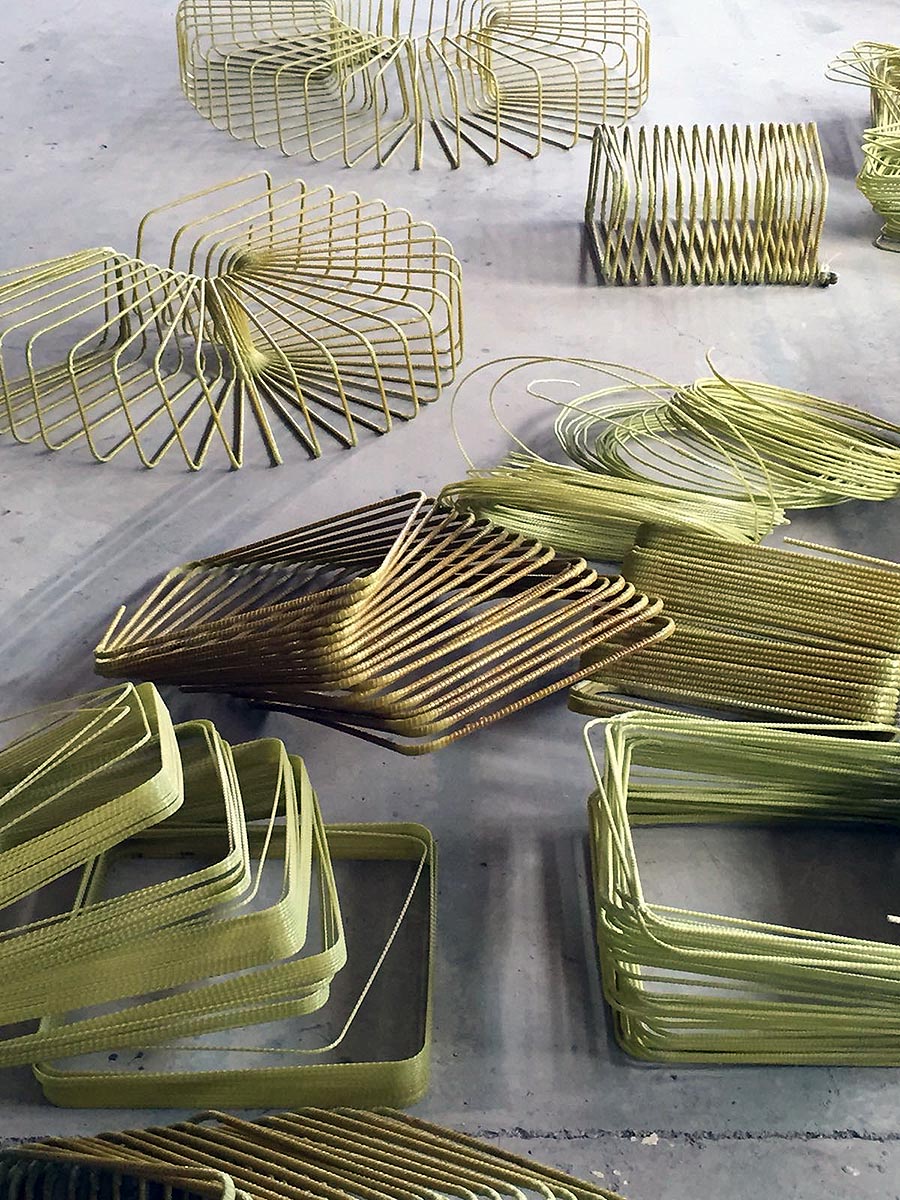GFRP Bent Rebar: The Ultimate Game-Changer for Corrosive Environments"
Tired of steel rebar corrosion? Discover why GFRP bent rebar is the superior, long-lasting alternative for construction in harsh environments. Get the full technical comparison and key advantages.

GFRP bent rebars are primarily used in projects where corrosion is a major concern. Due to their non-corrosive properties, they are ideal for:
Marine Structures: Piers, docks, seawalls, and bridges exposed to saltwater.
Wastewater Treatment Plants: Structures exposed to chemicals and moisture.
Roads and Bridges: Especially those in climates where de-icing salts are used.
Architectural Elements: Projects with complex, curved designs, as GFRP can be prefabricated into custom shapes.
Tunnels and Underground Structures: Where moisture and chemicals can cause corrosion.
Industrial Floors and Foundations: In facilities where chemical spills are a risk.
Buildings and Infrastructure near electrical installations: As GFRP is non-conductive and non-magnetic, it prevents stray currents.
Why GFRP is Useful Against Steel Bent RebarsGFRP bent rebars offer significant advantages over steel bent rebars, making them a superior choice for long-term durability and cost-effectiveness in specific applications.
Corrosion Resistance: This is the primary and most significant advantage. Unlike steel, GFRP does not rust or corrode when exposed to moisture, chlorides, or harsh chemicals. This eliminates the risk of concrete spalling and cracking, which is a common failure mode in steel-reinforced structures. This non-corrosive nature drastically extends the lifespan of the structure.
Extended Service Life and Lower Lifecycle Costs: While the initial material cost of GFRP may be higher than steel, its long-term benefits are substantial. Because GFRP structures do not require frequent maintenance, repairs, or replacement due to corrosion, the total lifecycle cost is often lower. GFRP structures can last over 100 years, compared to steel's 20-50 years in corrosive environments.
Lightweight and Easier Installation: GFRP is about one-quarter the weight of steel, making it much easier to transport, handle, and install. This reduces labor costs and time, and can lower transportation expenses, especially in remote locations.
High Tensile Strength: GFRP has a tensile strength that can be twice that of steel, meaning it can withstand greater tensile forces before failure. This can allow for a more efficient design in certain applications.
Non-Conductive and Non-Magnetic: GFRP is an electrical and thermal insulator. This makes it a great choice for structures near power plants, MRI rooms in hospitals, or other electromagnetically sensitive environments. Steel, being a conductor, can interfere with such equipment and is also susceptible to stray current corrosion.
It is important to note that while GFRP has many advantages, it also has limitations. For example, GFRP has a lower modulus of elasticity (it is more flexible) and is not ductile, meaning it will not deform before failure like steel. All GFRP bends must also be prefabricated at the manufacturing plant, as they cannot be bent on-site.
More Blogs
.svg)
Frequently Asked Questions
Still have questions? We're here for you! Whether it's about performance, pricing, or project suitability — our team is ready to assist.
